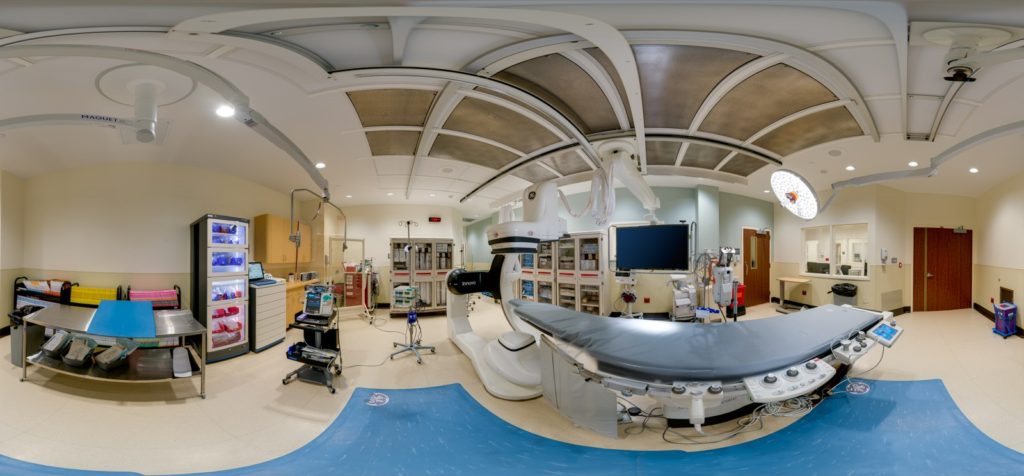Introduction
In an era defined by remarkable technological progress, the healthcare sector is harnessing the potential of Virtual Tours to reshape the way medical professionals deliver care and patients experience it. Virtual Tours in healthcare are propelling the industry into a more patient-focused, efficient, and innovative landscape. In this article, we’ll delve into how Virtual Tours are revolutionizing healthcare, elevating patient experiences, and optimizing medical facilities.

The Impact of Virtual Tours in Healthcare:
The use of Virtual Tours for the healthcare industry, offering a plethora of advantages that cater to the diverse needs of patients, medical practitioners, and facility administrators.
1. Enhancing Patient Experiences
- Pre-Visit Comfort: Virtual Tours empower patients to explore medical facilities prior to their in-person visits, reducing anxiety and boosting their confidence, particularly for complex medical procedures.
- Access to Specialized Care: Patients can virtually tour specialized departments and clinics, fostering trust and confidence in the healthcare system.
2. Advanced Medical Education
- Comprehensive Training: Medical students and professionals can benefit from Virtual Tours, providing immersive training for procedures, diagnostics, and surgical techniques.
- Continuing Medical Education (CME): Virtual Tours support remote CME activities, ensuring that healthcare professionals stay up-to-date with the latest medical advancements.
3. Facility Planning and Design
- Optimized Facility Layout: Virtual Tours play a pivotal role in designing patient-friendly healthcare facilities, assisting architects and administrators in creating efficient and patient-centric environments.
- Resource Allocation: Administrators can use Virtual Tours to assess resource allocation and ensure optimal facility operations.
4. Telemedicine and Remote Consultations
- Virtual Appointments: Virtual Tours facilitate telemedicine by allowing remote consultations with healthcare providers, expanding access to healthcare services beyond geographical boundaries.
5. Research and Development
- Clinical Trials: Virtual Tours are invaluable for showcasing facilities involved in clinical trials, enabling patients to explore these settings virtually and participate in research with confidence.
6. Attracting and Retaining Talent
- Recruitment: Hospitals and medical institutions can use Virtual Tours to attract top talent by showcasing cutting-edge facilities and a welcoming workplace.
- Employee Training: Virtual Tours streamline the onboarding process for medical staff, ensuring they are well-acquainted with the hospital’s layout and systems.
7. Transparency and Trust
- Patient Empowerment: Virtual Tours empower patients to make informed decisions about their healthcare provider and treatment options, promoting a sense of control over their health.
- Transparent Healthcare: Transparency in healthcare builds patient trust and fosters stronger patient-provider relationships.
Conclusion
Virtual Tours are propelling healthcare into a new era of patient-focused care and medical excellence. As technology continues to advance, the applications of Virtual Tours in healthcare are limitless. Whether you’re a patient seeking a more informed and comfortable healthcare experience, a healthcare professional aiming to enhance your skills, or an administrator focused on optimizing facility operations, Virtual Tours are reshaping the healthcare landscape. Embrace this technological revolution and step into a world where healthcare transcends physical boundaries, bringing healing and well-being within reach for all. The future of healthcare is here, and Virtual Tours are leading the way toward a healthier and more connected world.
